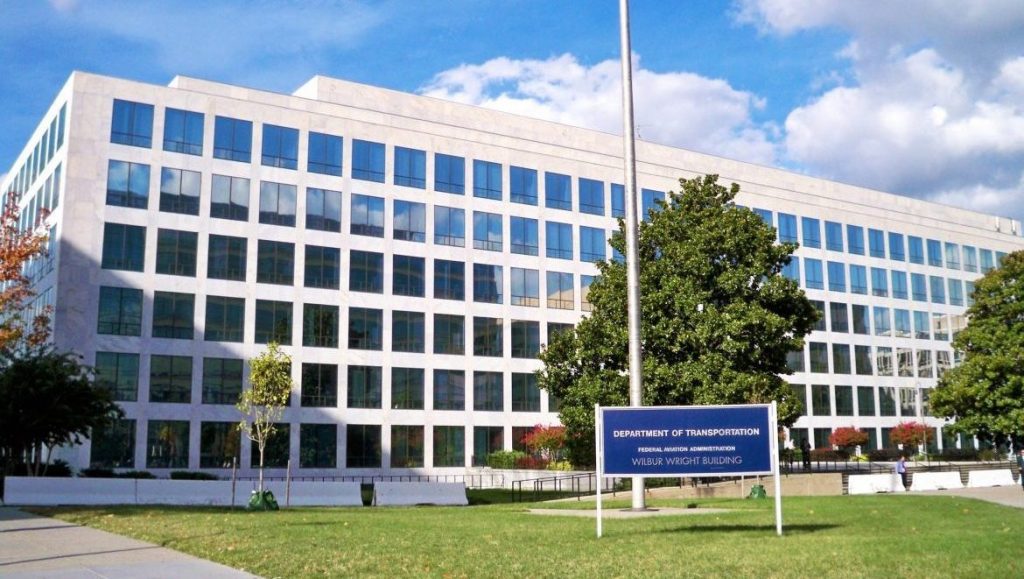
The Federal Aviation Administration is set to release restrictions that will impact certain aircraft on Thursday as the 5G network prepares to roll out in the United States next week.
It comes as the AT&T and Verizon 5G network deployment set for 19 January has triggered serious concerns over disruptions it may have on aircraft operations.
The regulator said it “has made progress to safely reduce the risk of delays and cancellations as wireless companies share more data and manufacturer altimeter testing results arrive,” according to an emailed statement on Wednesday night, Reuters said.
It will publish Notices to Air Missions at midnight on Thursday disclosing details of aircraft with “untested altimeters” or others that will be unable to “perform low-visibility landings where 5G is deployed”, the FAA said.
The C-Band spectrum 5G network deployment, served by providers AT&T Inc and Verizon Communications Inc, was set to occur on 5 January, after already having been delayed a month. Last week, the companies agreed to delay the rollout an additional two weeks.
In March 2020, the United States adopted rules to authorise the flexible use of 5G services.
AT&T and Verizon were slated to pursue 5G in service of millions of homes and businesses, but the mid-range broadband is significantly closer to the same frequency’s airlines use.
It will potentially cause major aviation chaos, such as flight delays, cancellations and diversions.
This is in comparison to German company T-Mobile, which began delivering 5G services almost a year before the other companies and did not cause airline interference.
Among this, the FAA will include details of how aircraft performing instrument approaches – landing at an airport when visibility is less than three miles – may be impacted.
The FAA said some GPS-guided approaches will likely be possible at airports such as Miami and Phoenix, Reuters noted.
The news comes only a week after the regulator released a list of 50 airports that will incur a buffer zone of the network deployment for six months while the FAA continues to resolve the issue.
Some of these include John F Kennedy International Airport, Los Angeles International Airport, San Francisco International Airport and others.
The wireless companies agreed to turn off transmitters and make adjustments to minimise potential interference with “sensitive aircraft instruments used in low-visibility landings” according to the FAA.
“The agency sought input from the aviation community where the proposed buffer zones would help reduce the risk of disruption,” the regulator said in a press release on 7 January.
“Traffic volume, the number of low-visibility days and geographic location factored into the selection.”
While the FAA believes the industries can co-exist, industry leaders are fearful the deployment of 5G will severely damage daily operations.












